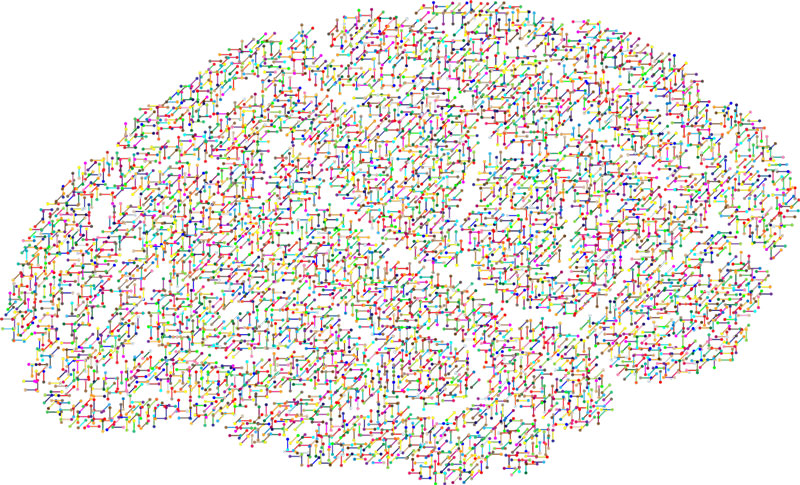Revealing the Connection Among qEEG and Slumber Disorder Patterns for Improved Diagnosis and Treatment
Revealing the Connection Among qEEG and Slumber Disorder Patterns for Improved Diagnosis and Treatment
Blog Article
Sleep apnea is a prevalent sleep disorder that affects many individuals around the world. It happens when a person's respiration is disrupted during slumber, resulting to subpar slumber quality and various medical issues. One of the methods researchers and physicians are working to better comprehend and diagnose sleep apnea is through a technique called quantified electroencephalography, or qEEG. This method assesses the electronic function of the cerebrum and can provide valuable understandings into how sleep apnea affects cerebral activity and general health.
qEEG entails placing small electrodes on the head to capture brain oscillations. These brain oscillations are then examined to detect patterns that may suggest sleep conditions, including sleep apnea. By analyzing these patterns, healthcare providers can obtain a more precise picture of how sleep apnea disrupts normal brain activity during slumber. This data can be essential for developing effective treatment plans customized to specific clients. Comprehending the connection between qEEG and sleep apnea can lead to improved identification techniques and better outcomes for those affected by this condition.
Studies has demonstrated that people with sleep apnea often display distinct changes in their brain wave trends. For instance, during episodes of apnea, the cerebrum may exhibit increased function in specific areas while other areas become less active. These changes can influence how effectively a individual sleeps and how refreshed they perceive upon awakening. By employing qEEG to monitor these brain wave patterns, doctors can identify specific characteristics of sleep apnea in qEEG applications in sleep medicine clients, which can assist in formulating a more precise diagnosis. This is particularly crucial because sleep apnea can occasionally be confused for other sleep disorders, leading to inappropriate treatments.
In addition to improving diagnosis, qEEG can also play a role in evaluating the efficacy of therapies for sleep apnea. For example, after a client starts employing a constant beneficial airway force (CPAP) device, which assists maintain the passage clear during slumber, qEEG can be utilized to evaluate changes in brain activity. If the brain shows improved patterns of slumber after initiating treatment, it may suggest that the treatment is functioning effectively. This feedback can help doctors make necessary adjustments to treatment plans, ensuring that patients receive the best care possible.
Overall, the connection between qEEG and sleep apnea patterns is an promising area of study that offers potential for improving identification and therapy. By comprehending how sleep apnea impacts cerebral function, healthcare providers can develop more effective strategies to help clients attain improved slumber and enhance their general well-being. As studies progresses to evolve, it is likely that qEEG will become an essential instrument in the battle against sleep apnea, resulting to superior results for those who experience from this difficult disorder.